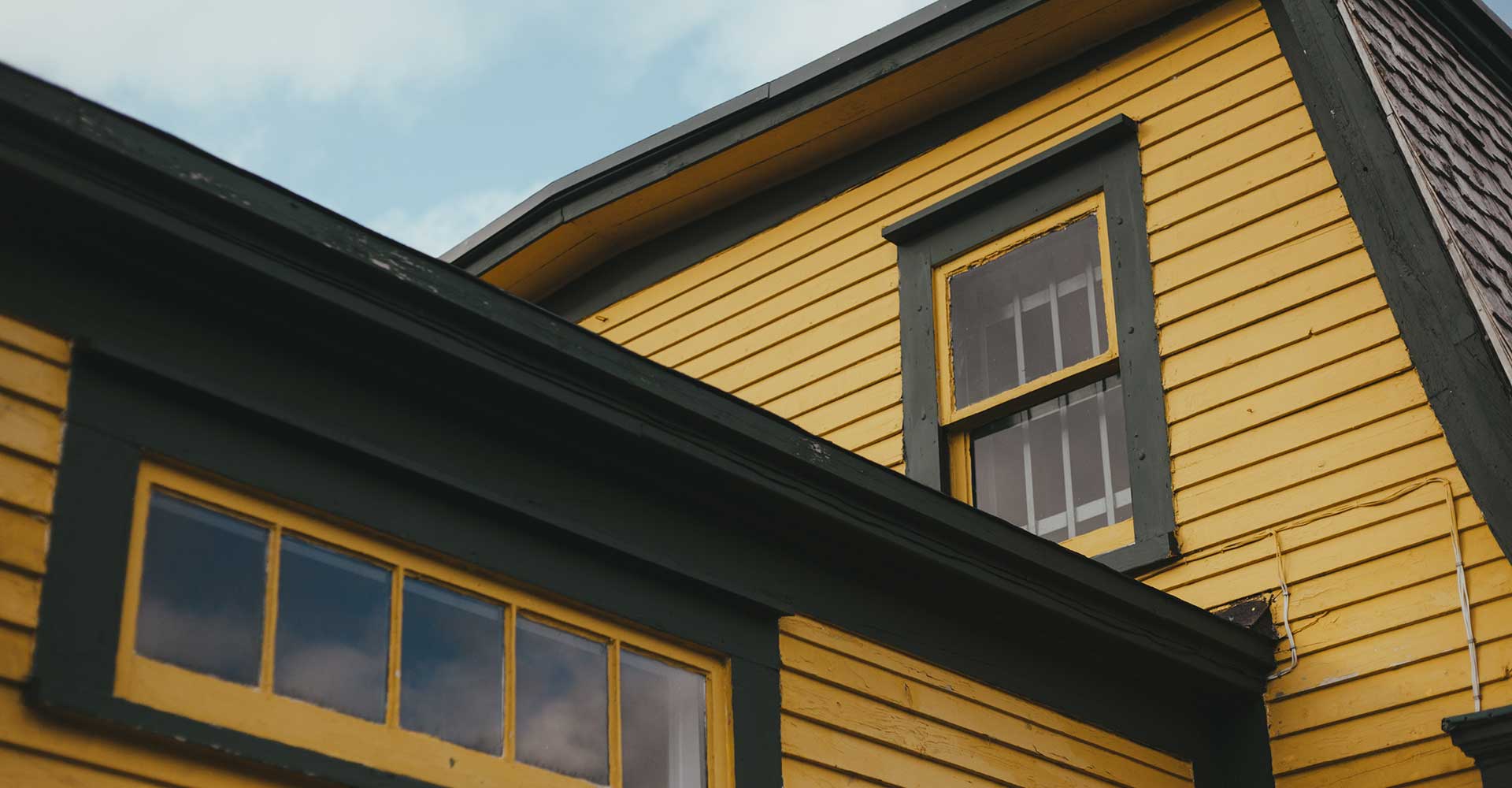Keeping your home protected from rain, heat, winter and ice is part of owning a home. If you wait too long to paint, it can cost more in repairs. And if you are looking to sell your home, it can cost you, if it’s something the buyer knows needs to be done. So how do you know when it’s time to paint? Here are a few tips to help you decide.
1. How Often Should You Paint Your House?
Let me help you understand something about paint right away. Just because the can says a 20 year warranty for your exterior painting, does not mean it will last 20 years. In over 30 years in this field, I have come across several houses that haven’t been painted in 20 years – all of which had some form of fading, peeling or bare wood, metal or brick. I have yet to find a paint that can outlast the weather. The sun, water, ice, wind and storms beat on all surfaces and wear them down.
If you get 10 years out of a paint job, you should be giddy! Most painters recommend painting every 7 years. Usually the first 5 years should last without much fading. But after you move into year 6-7, fading starts to occur causing the paint layer to thin. If not addressed, years 8-10 can create places with bare surface and allow water in. Caulking can also wear out, which can lead to more expensive repairs and the needing of multiple coats. Stay ahead of the curve, budget for paint every 5-7 years, and you will spend less in the long run!
Flat surfaces like decks are even worse. I have 4 deck areas, I wish I had none. There is not a year I don’t reseal or stain it. When I chose not to, I paid the price of having to replace boards. Water and snow sit on flat surfaces and the sun bakes it. You may get 2 years but if you don’t maintain it annually, the wood will go bad quickly. Even with annual maintenance, wood is porous by nature and will split. There is no product that can guarantee to protect it. Tons of people have asked us to scrape up a product that was promised to last but ends up making a mess.
2. What Type And Age Of Surface Is Painted?
The type of surface can affect how long your paint lasts. Cedar is a great product but very porous and soaks up a ton of paint/stain. It also fades quicker because of the porous and rough nature of the product, so cedar has to be painted more regularly. Cement board products are smoother and have less area for rain and other to get in, so paint tends to last longer. Aluminum can be painted, but it will fade over time and needs maintained. Vinyl can be painted with a vinyl-safe product but will also fade over time. Brick is a very porous product so it soaks in paint. We use a masonry paint designed for brick that holds up well, but again, it will fade and if not maintained will begin to chip and fade over time.
The age of your material is also a factor. Older wood or brick will have a harder time lasting past 5 years before needing attention. It’s important to caulk when painting to seal edges, but caulk expands and shrinks with the weather so it eventually begins to crack. If your home is older or hasn’t been painted for a long time it will cost more to scrape, caulk, and paint multiple coats to get the surface to where it is protected well.
A note of prep work… If your house is peeling, power washing does not help. It often makes it worse due to exposed wood getting wet and needing to dry out again. When a surface is peeling, it needs scraped, which is a very time-consuming and physically challenging job. And if the peeling is bad, you cannot make the surface look smooth again. Power washing is best for mold or dirt on the house.
A word about gutters… My advice is always, if they are not bad leave them alone. You can paint them, and we paint a lot of them, but once you paint them, they will eventually peel, requiring attention. Water is always sitting in gutters, and it leaks through cracks. Aluminum will always peel over time. Sometimes a good power wash can clean up the black spots on the bottom, but if they are already painted and peeling, it might be time to replace them instead of having to paint them every few years.
3. Do You Like The Look And Color Of Your Home?
Sometimes it’s time for an update and change of color. Color changes do require 2 coats. Even if you are going from cream to white. It may seem like a subtle change, but white is very hard to cover due to it being very reflective. This is true for inside trim and walls also.
Even though color changes require a 2nd coat, it’s not double the cost. It’s usually 50-75% of the cost for the first coat. This is because cut lines and a base color are established in the first coat, so it doesn’t take as long or as much paint.
A color change can dramatically change the feel of your home and your enjoyment factor, too. Going from outdated colors or old brick to a new modern look adds value to your home when you go to sell it. Your home will probably be your largest investment and where you spend most of your time, so keeping it up and creating the look you want is important!
I hope this article has been helpful! If you realize your home needs some TLC with exterior painting or you are ready for a color change, contact us for a free estimate today!


